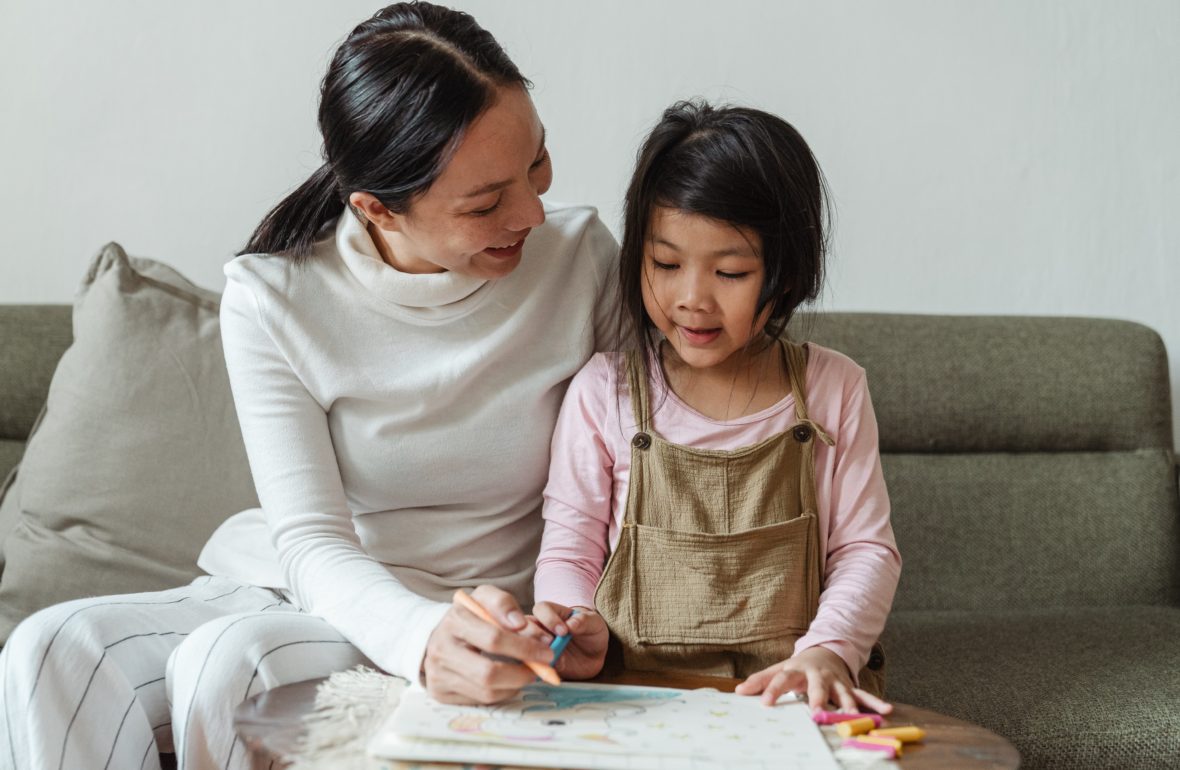
Okay, that title may be a little misleading– This isn’t really a “How To” guide because there is no perfect way to teach every single kid anything. If there was, I would be a millionaire by now. This article is more of a general guideline based on my experiences as an Asian-American than a step-by-step tutorial. I wanted to share my insights based on a few conversations I had these past few weeks with the rise of Asian hate crimes due to COVID and the more recent news about Seuss Enterprises no longer printing six books that included themes of “orientalism”.
What is Anti-Racism?
Let’s first get on the same page about what I’m talking about when I say “Anti-Racism”. The official definition is:
a belief or practice that recognizes pervasive racism in society, and actively combats racial prejudice and discrimination in order to promote racial justice and equality:
Most people are proud if they are not racist, but antiracism establishes a higher bar—what are you doing to dismantle racism? (from Dictionary.com)
Even in today’s divisive climate, I believe that the majority of us are not racist. We want society to treat everyone equally. The difference between not being racist and being anti-racist is the effort we put in to change the way we think about that future. Is that future something that we will hopefully, eventually get to? Or is that future something that we actively have to try to pursue?
If you choose the former, then the first way to be actively engaged is to challenge your existing perceptions and widen your exposure to other cultures.
Disclaimer: In this post, I’m going to be talking about being anti-racist in regards to Asians– East Asians specifically. I don’t have any experience other than being Chinese-American, so I can’t speak for the experiences of South Asians, Pacific Islanders, or any other minority group. The overarching theme of being anti-racist can be applied to any minority group though and I encourage everyone learn how to be an ally and donate/support POC organizations, businesses, and creatives. Just because there is a rise in Asian hate crimes currently doesn’t diminish another minority group’s struggle.
A Tale of Two Teaching Moments
It was late at night, the kids were finally in bed and my husband and I were about to put on the latest episode of WandaVision. My phone buzzes and I see that I got a DM from a childhood friend that I hadn’t talked to in a long time. Intrigued, I opened it and read:
Hi! I hope you and your family are doing well! I was watching a show and they were using chop sticks. [My daughter] asked me what they were and how to use them. I had a pair from sushi and I showed her. She thought it was so cool. Thank you to you and your family for teaching me how to use chop sticks at such a young age. What a cool thing you taught me, that I never realized until now 🙂
Fast forward a few days later after Seuss Enterprises made their announcement. A friend was wondering why society keeps erasing history instead of using it as a teaching moment. She sent me this message:
I wanted to share with you a story from one time reading To Think I Saw It On Mulberry Street with [my daughter]. We were reading and came to the page where there is a boy with chopsticks. When I read this to [my daughter] she stated: “Hey that boy has chopsticks just like we do! You eat with them sometimes mommy!”
We then had a small very informative lesson about Chinese food and culture that I am very thankful for knowing about. I explained to her some of the foods and very interesting traditions I learned about from you and through knowing your family. I used the moment she picked up on the imagery to share some culture with her so she could appreciate it.
First, how amazing is it to think about all the small impacts we have on each other throughout our lives? It was a great reminder to me to always try to impact someone else’s life in a positive way.
Second, these two interactions really made me stop and think about why the first interaction made me feel so thankful and humbled, while I felt defensive in the second one. They were both sharing how chopsticks depicted in media launched a larger conversation with their young children about Asian culture, right? On the surface, that’s exactly what happened. And I’m so grateful that they took the time to share their own experiences with their kids.
However, in the second interaction, the book they were reading depicted the person using chopsticks like this:
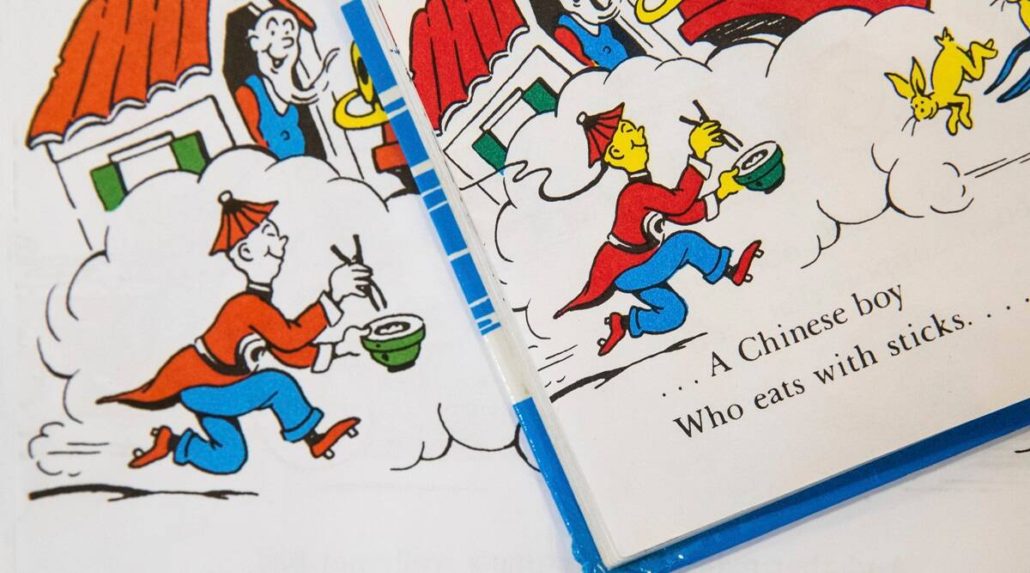
I don’t know about you, but I’ve never seen a dude with bright yellow skin, wearing a rice hat and geta (Japanese wooden shoes), running around with a bowl of rice and “sticks”. It’s also kind of strange that he’s called a “Chinese boy” (the original wording said “Chinaman”) when he’s wearing Japanese attire… but I digress.
I can hear the defensive arguments now– “Well, we can use that image to teach our kids that it was wrong to draw Asian people in this way.” Or “It’s kind of bad– but people in Asian countries do wear rice hats and wear those shoes!” Or “It wasn’t a big part of the story, my kid’s young, I’m sure they didn’t even notice”.
I get how that can be the instinctual response. But here is where we run into problems:
- We’re assuming that all parents will take the time to educate their kids about different cultures in a positive light. We’re also assuming that those parents will not just celebrate diversity, but also point out the ugly parts of history. Like why drawing someone of Asian descent as a oversimplification is a problem.
- A very small portion of people wear traditional attire like that— most Asian-Americans that kids will interact with, will not be wearing that. This plays into the Perpetual Foreigner rhetoric that many Asian-Americans feel today. It doesn’t matter if we were born here or how many years we’ve contributed to society and the economy– we do not fit into the stereotypical picture of a patriot or American. I can’t tell you the number of times I’ve been questioned about my knowledge of American history or politics, only to have my Caucasian husband say the same thing and it be believed right away. It’s also one of the reasons why hate crimes against Asian-Americans are on the rise. Their anger is at the Chinese government for starting the pandemic, but the jump to blame American citizens, many who are not even Chinese is swift and violent because they are perceived as foreigners.
- Kids are sponges. Even if they don’t say they noticed, repeated imagery of racist pictures or offhand comments will add to their worldview.
We Are the Biggest Influencers to Our Kids
My son was only 5 when I had to talk to the school’s social worker about a 4th grader using “Ching Chong YOU!” as the punchline of a joke while pointing at my son.
FIVE.
I knew there was a possibility that we would have to deal with racism with our kids. It was an absolute gut punch to experience it 5 years into motherhood.
Thankfully, the school swiftly identified the other student and used this as a teaching moment. The 4th grader didn’t truly understand the meaning behind his words. He had most likely absorbed it from adult conversations around him. This happened in February 2020 so there were a lot of conversations about how COVID originated in China and where to place the blame.
The school assured me that this was unusual behavior for this particular 4th grader. I believe that’s true, but I also hold the adults around him responsible for influencing his vocabulary.
TV shows, books, and movies also influence kids a lot (Exhibit A: My kid singing the Farmer’s Insurance jingle while getting ready for school). When old books and movies with racist undertones/images are repeatedly shown to kids, that influences their worldview. That’s why accurate representation matters.
By no longer publishing these books, we are not losing history. There will be a copy of those Dr. Seuss books in museums, textbooks, and the current books will still be in circulation. If the purpose of those books is to show our kids what a drawing laced with stereotypes looks like and to have an excuse to teach them about being inclusive, then there are other ways to do it.
Your kid is almost certainly going to experience or witness some form of discrimination at some point. There are plenty of teaching opportunities without extra copies of these 6 books floating around. As someone who has had “Ching Chong” yelled at me from across a room, trust me, there will be plenty of incidents to draw from. As for using books as a launching pad for a conversation about diversity, inclusiveness, and equality, there are so many books written by Asian-Americans that we could use. That’s part of being anti-racist– Actively seeking ways outside your comfort zone to learn about other cultures and support voices of people of color.
Words Matter
When we were stationed at Fort Sill, I was lucky enough to land a job in an office with a group of independent, caring, and strong women. Most of them were pretty progressive. They wanted to live in a more inclusive world and they wanted to help build it. When I talked about how much I was missing Chinese New Year celebrations and how I spent an hour bingeing Lion dances on Youtube, they surprised me the next day with Chinese New Year cards and decorations all over my office. That’s how welcome I felt there as an Asian-American.
But Fort Sill is still very much in Oklahoma and the Asians I came across while we were stationed there were few and far between. Because my co-workers didn’t have regular exposure to our culture, they honestly didn’t know that some things they had been saying all their lives were cringey at best, or downright offensive. I didn’t hold it against them, but it did open my eyes on how many people in this country probably don’t have exposure to someone of Asian descent.
In the past few days, I’ve seen this meme passed around a bunch:

It’s posted to get an easy laugh but as a kid who grew up in the 90’s and is now raising young kids myself– why is the phrase “Sticks and stones may break my bones, but words will never hurt me” touted as being a good lesson? Words may not directly hurt someone physically, but words cannot be unsaid, no matter how much you apologize. You should understand the meaning and repercussions of the words you are saying out loud before you carelessly use them. If you continuously chose to use them after you’ve been educated, then there are consequences. You’re not a victim of “cancel culture”.
This list highlights terms that people may have not thought were problematic. This is not a rallying cry to “cancel” these words and I won’t think you are an awful person if you accidently use one (Side note: I will think you are an awful person if you are directing it at me or my loved ones in a derogatory way). My objective is to just educate. If people don’t even know it’s problematic, then how can we grow into a more inclusive society?
Cringey Terms:
Using these terms may give you a side eye or a 😬. If you can use a different phrase, that’d be great, but I’d most likely forgive you for accidently using it.
- China Doll – I get it, calling an Asian American female this is supposed to be a compliment about how petite some of us are– but it’s also kinda cringey. We’re not fragile like a China doll and it plays into the submissive stereotypes of Asian women.
- Chink in the Armor – Sure, this is a common saying with an innocent meaning. But when you’re talking about the shortcomings of someone who is Asian American (like, let’s say, the only Asian-American in the NBA), maybe choose a saying that doesn’t have a racist slur in it?
- Oriental – We’re not furniture or rugs!
Offensive Words:
These are racist slurs or actions. In no way is this okay to ever say or do to a person of Asian descent.
- Chink
- Jap
- Gook
- Nip
- Ching Chong (or any noises that mock our language)
- Slant Eye, Slant (and pulling the corners of your eyes into a slant)
- Zipperhead
- Yellow Face
- Chinaman
Suggested Asian-American Children’s Books
I mentioned above how seeking books and other media outside your normal repertoire is a way to introduce a larger discussion with your kids about diversity. Here’s a list of some of our family’s favorites to jump start your library:
- Eyes the Kiss in the Corners by Joanna Ho – a book that celebrates the beauty of Asian features and cultures, even if the little girl looks different than her peers
- The Name Jar by Yangsook Choi – this book talks about pride in a family name, even if it is hard to pronounce.
- Chopsticks by Amy Krouse Rosenthal – this isn’t a book about Asian-American culture or written by an AA author but I included this in my list because the puns are adorable, it’s a good life lesson about friendship, and it gives people an excuse to introduce chopsticks into the conversation.
- Chicken Soup, Chicken Soup by Pamela Mayer – the girl in this book has a Chinese grandma and a Jewish grandma– they both have their own recipe for chicken soup but in the end the little girl teaches them that one is not better than the other. This was a cute story for my mixed-race kids.
- The Great Race: Story of the Chinese Zodiac by Eric Lee – this is the folk tale behind those Zodiac placemats at Chinese restaurants. It’s a fun story and could be a conversation starter at dinner.
- A Big Mooncake for Little Star by Grace Lin – Honestly, any of the Grace Lin books are amazing. I just happen to love mooncakes and this book was perfect for my younger son so I included this one in particular on this list.
- Amy Wu and the Perfect Bao by Kat Zhang – Normalizing traditional Asian food is important and this book shows Amy bringing the baos she made to school to share.
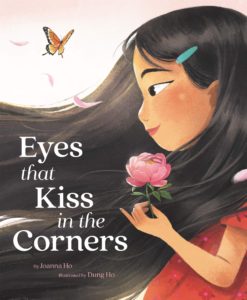
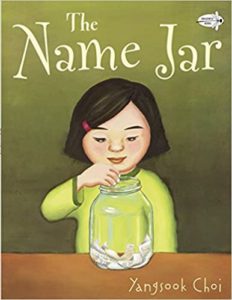
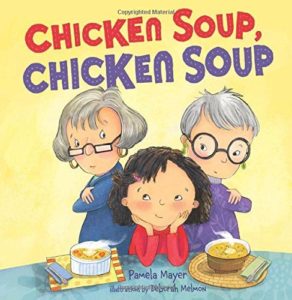
Please share your thoughts in the comments below. I would love to hear about your experiences about teaching your kid how to be anti-racist.
Love,
Tracy

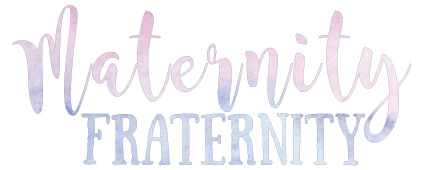




Leave a Comment